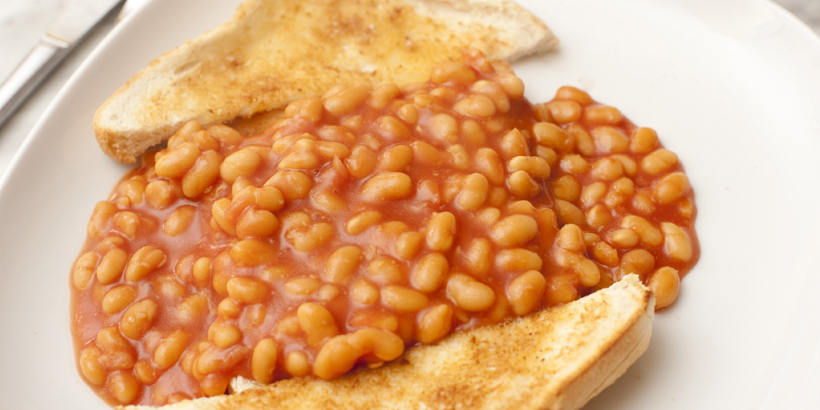The Scran World Cup (Part 1 of 4)
As a lover of both football and eating stuff I thought I’d have a stab at twinning my dual passions by examining the national dishes of each of the 32 teams involved in the forthcoming World Cup. What follows will hopefully surprise, delight, disgust and anger you in equal measure. Much like watching the home nations in action.
Let’s kick off by looking at groups A&B…
GROUP A
Qatar – Machboos
Meaning ‘pressed’ in Arabic, Machboos is a rich and flavoursome Basmati rice dish made reddish brown by an earthy mix of aromatic spices including turmeric, sun dried black lime, fennel and cumin, plus tomatoes and raisins. Traditionally served with grilled chicken or lamb it’s a delicacy guaranteed to make you gay, and by that I mean happy.
Ecuador – Bolon de Verde
While researching Bolon de Verde I involuntarily emitted a globule of drool so indecently large that it almost shorted the keyboard on my laptop computer, for this adult-fist-sized plantain dumpling ball, filled with pork or cheese, pan fried and served at breakfast truly sounds like the food of kings. I could have pipped for ceviche, another Ecuadorian staple, but who wants cured fish when you can have a big fried ball of dough? Plus its shape alone makes it probably the most relevant dish in this whole rundown. Don’t try kicking it though, it’ll disintegrate straight off the laces.
Senegal – Thiéboudienne
Pronounced ‘cheb-o-jen’ this dish is so famous in Senegal that it has attained UNESCO world heritage status on account of it being a recipe and technique handed down from generation to generation. Takes differ from family to family but at its heart is a piece of white fish, scored, marinated with herbs and deep fried, then cooked in a tomato-based sauce along with vegetables: carrots, peppers, cassava, potatoes, and aubergine. I literally can’t think of anything comical to say about this, but it does sound delicious.
The Netherlands – Stamppot
For fans of getting mashed in Amsterdam, this dish of potatoes, mashed with veggies and topped with a smoked sausage is seriously comforting. The humble stamppot may be not the most aesthetically pleasing dish, especially when served with the sausage simply plonked, unsliced, atop the mash, making it look like a fresh steaming jobbie discovered upon a virgin snow drift, but it sure does sound delicious. No? You’re still thinking about the jobbie, aren’t you?
GROUP B
England – Beans on Toast
While some may scoff at our traditional fayre, we English know better of course. The land of warm beer, long shadows on the cricket green, steak bakes and queuing, is a veritable landfill of culinary delights. From fish and chips (stolen from the Portuguese) to Tikka Masala (bastardised from a Punjabi recipe) and roast beef, the list goes on. Controversially I’ve pipped for none of the above, choosing humble beans on toast as my champion of champions. Even more controversial is my exacting methodology – the beans must be the far superior Branston and not Heinz variety, the toast – hot, buttered. A finish of grated mature Cheddar cheese is optional but encouraged. At no point should said cheese be added to the beans while cooking in the pan, this is a civilised society, not a barbarian horde.
Iran – Khoresh-e Ghormeh Sabzi
Remove the ‘r’ from Iran, and it spells ‘Ian’, which is definitely something that requires more in-depth investigation. Digressions aside, the national dish of our Persian brethren is a tangy, slow cooked stew made with fenugreek, limes, minced herbs, kidney beans and lamb. As with the incredible food and balanced flavours of the region, this unique delicacy has sourness, depth and complexity in spades, much like a man I know named Ian.
USA – Processed Cheese
Much like land, which they have too much of, the USA is also blessed with too many styles of food to narrow down or mention. Immigrants from across the world have brought to the country all manner of enriching culinary delights, from hamburgers, tacos, frankfurters, pizza and apple pie, and America has ruined them all. Nowhere is this ruinous streak more evident than in its cheese. America has truly redefined the category, creating hellish slices of pasteurised, emulsified clag which wouldn’t melt on the surface of the sun. Legally it can’t even be called cheese, and must be classified as ‘pasteurized process American cheese food’. Catchy.
Wales – Cawl
A warming broth is a prerequisite for spending any amount of time in Wales, and this dish, dating back to the 14th century, is the warmest and brothiest of the lot. Recipes can vary but the most common takes contain either lamb or beef with leeks, potatoes, swede, carrots and other seasonal vegetables.
- Smells Like… Lanzarote - 19th November 2024
- World Cup of Scran (Part 2 of 4) - 5th December 2022
- The Scran World Cup (Part 1 of 4) - 17th November 2022

